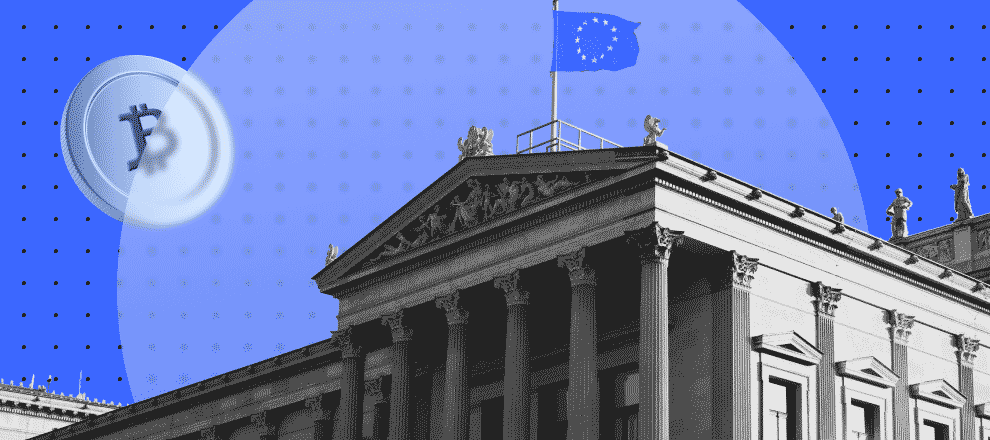Legislation on Crypto Regulation Comes into Effect in EU
The core provisions of the European Markets in Crypto-Assets (MiCA) legislation come into force on December 30, 2024. However, the European regulator indicated the possibility of delaying the implementation of new legal norms by up to 18 months.

Under the MiCA regulations , the primary legal framework governing the EU crypto market is now officially in effect. One of the key concerns raised by analysts and market participants is the uncertain status of the USDT stablecoin, which remains one of the most widely used instruments in the cryptocurrency market.
Bloomberg analysts, citing market leaders, report that uncertainty surrounding the use of USDT could lead to a liquidity drain in European digital asset markets. This limitation poses challenges for European market participants, as USDT is the most liquid stablecoin.
The European Securities and Markets Authority (ESMA) issued a note allowing EU crypto-asset service providers (CASP) to continue operating under previous legislation until July 1, 2026, or until specific regulatory actions are taken against them.
This measure addresses difficulties reported by several EU member states in timely implementing MiCA due to regulatory ambiguity in certain areas. The ESMA note outlines individual delays for the full adoption of MiCA across different European countries.
Amid these challenges, many cryptocurrency exchanges began limiting the availability of stablecoins that don’t comply with new EU standards as early as the summer. These include USDT, TUSD, DAI, FRAX, GUSD, USDP, and other assets.
However, not all major exchanges fully restricted USDT’s availability in Europe. For example, Binance retained access to unregulated stablecoins for European users in “sell-only” mode. Spot trading involving these assets remains available, as does the ability to store stablecoins in exchange wallets. But Binance warned that the situation may change.
Meanwhile, in preparation for MiCA’s implementation, several new regulated stablecoins entered the European market. Additionally, stablecoins issued by Circle, Tether’s main competitor, already comply with the new European standards.
Disclaimer: The content of this article solely reflects the author's opinion and does not represent the platform in any capacity. This article is not intended to serve as a reference for making investment decisions.
You may also like
Shibarium Devs Connect with Core Team via New Channel

Bitcoin Clings to $74K: Analyzing BTC’s Ability to Ward Off Further Decline
Stability at $74K: How 50,000 BTC Holders are Supporting Bitcoin's Resistance Against Further Dips

Donald Trump’s Memecoin to Face $320 Million Token Unlock as Price Dips

33% of French looking to buy crypto in 2025 but Italians are even more bullish
Share link:In this post: A third of French people intend to purchase cryptocurrencies this year. New study shows Italians as most bullish among surveyed nations in Europe. The crypto sector’s growing legitimacy helps attract more investors, researchers say.
